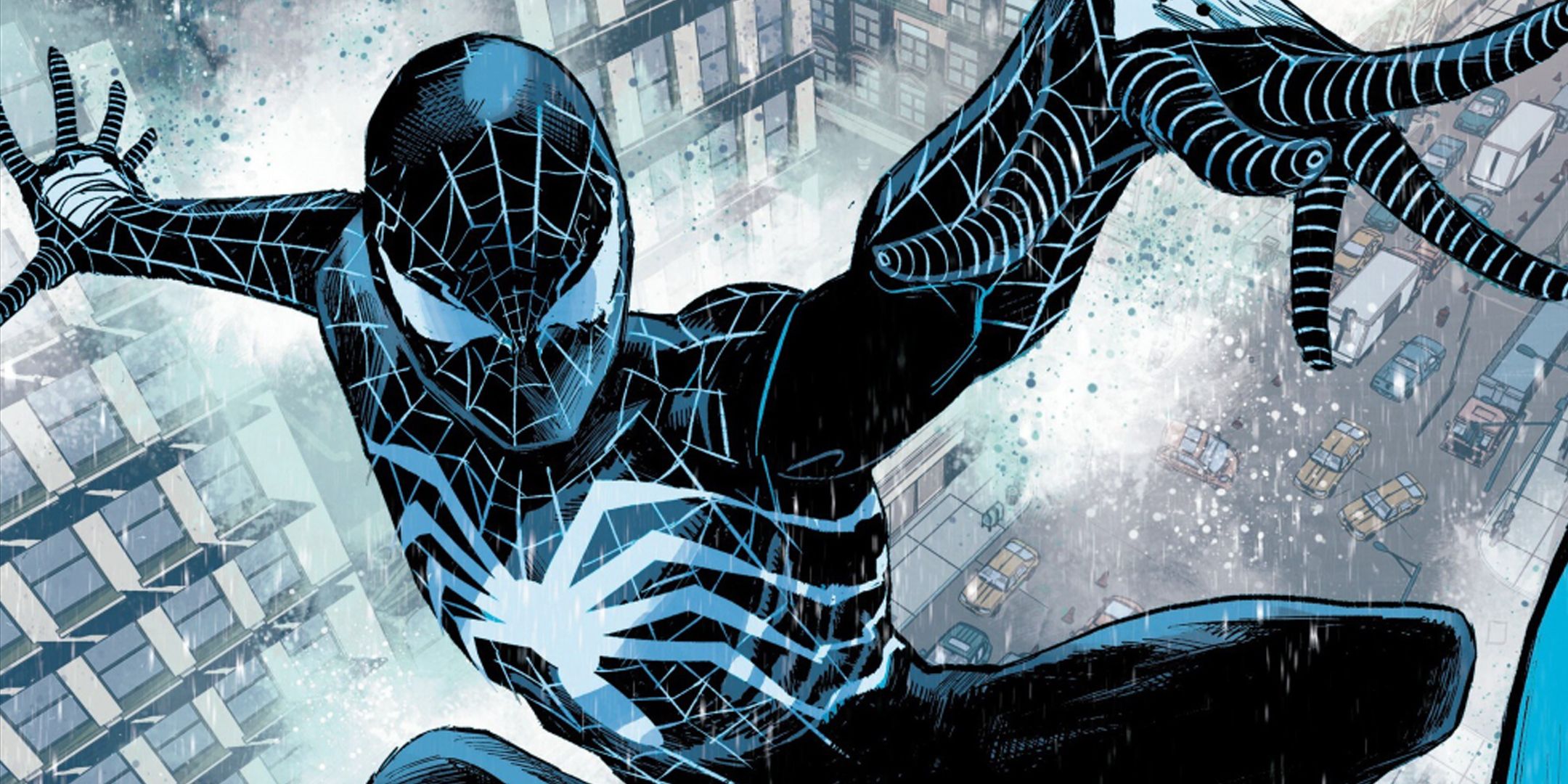Song of the Lioness Book One: Alanna
By Tamora Pierce, Vita Ayala, and Sam Beck
Abrams Fanfare/256 pages/Hardcover (($26.99), Softcover ($17.99)

Tamora Pierce crafted Song of the Lioness, a four-part story tracing the making of a hero in the form of twins Alanna and Thom. Across the young adult novels, she dealt with gender and bullying, set in a fantasy realm where the forces of good and evil and politics play out. It was an acclaimed series, earning plaudits and awards.
Now, Vita Ayala and Sam Beck begin adapting the story in a set of graphic novels, beginning in mid-May with this first volume. Having never read the novels (or any Pierce to be honest), I find that this requires the adaptation to stand on its own.
The twins possess magical talents, something their father frowns on, and they contrive to defy him, with Alanna going to court to train to be worthy of becoming the first female knight while Thom goes off to learn the ways of sorcery. To fight stereotypes, Alanna disguises her prepubescent self as Alan.
Smaller and slighter than the other would-be squires and knights, Alan is bullied by many other boys. Slowly, she earns the admiration of her peers, notably Prince Jonathan, who is also in training. Alan excels in skilled arts such as archery and is clearly the most learned of the trainees.
Slowly, Alan makes friends, sharing her secret with a few. She posts letters to Thom so we get the merest glimpses of what he’s up, hinting that I suspect his story for subsequent volumes.
In time, events bring Jonathan and Alan to Persopolis, the one major desert city, but it was said to keep an eye on the Black City. Determined to learn the secrets of this storied metropolis, the pair sneak in and discover evil magic.
Ayala does a fine job moving things along, although besides Alan and a few others, most characters remain static and uninteresting. Alan is made to be The One, so special and earnest that all come to admire (or envy) the trainee. It’s a bit much, but it is tempered by the internal fight she waged to be taken as she is.
Beck’s art is presented only in black and white in the ARC sent for review, with just a hint of the full color to come in the final form. The color will help a lot since Beck too often ignores backgrounds and details. More than a few panels make you wonder what’s going on while some spreads are poorly constructed, so figures are lost in the perfectly bound gutter.
Aimed at the 12-16-year-old market, this stands fine on its own, but the prose version is probably a far richer read.



















 English (US) ·
English (US) ·